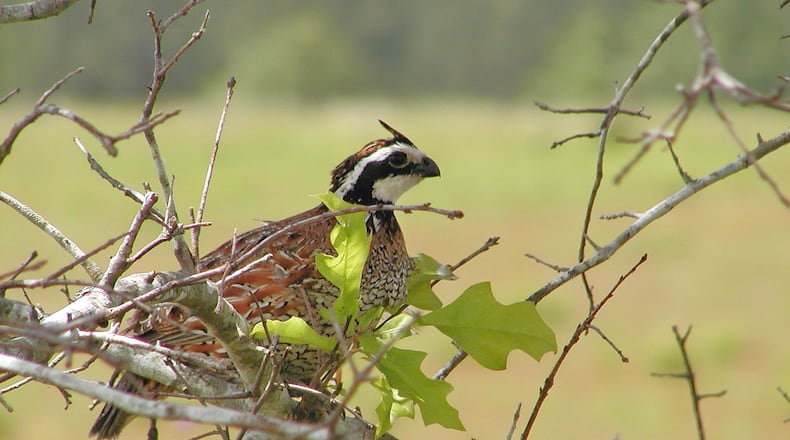Charles Seabrook’s “Wild Georgia” column appears weekly in The Atlanta Journal-Constitution.
A long-held common view is that the Southeast’s pre-colonial landscape was a vast, unbroken forest — so dense that a squirrel could travel from the Atlantic Ocean to the Mississippi River without touching the ground.
But several leading botanists, naturalists and wildlife biologists paint a different picture, especially for the Piedmont, the rolling region (in which Atlanta is located) between the mountains and the Coastal Plain. In reality, they say, more than half the Piedmont was an expansive area of prairie grasslands ranging in size from a few acres to thousands of acres among pinelands and mixed hardwood forests.
“The South is one of North America’s great, but forgotten, grasslands,” according to the Tennessee-based Southeastern Grasslands Initiative, which aims to restore the ecosystems.
The grasslands were maintained naturally by occasional fire and drought and by grazing animals, such as elk and bison (buffalo) that once ranged into Georgia. Scores of native grasses, sedges, wildflowers and other species thrived there — more diversity than in Midwestern tall grass prairies and Great Plains grasslands.
Most of the Piedmont’s grasslands, however, have been lost due to agriculture, development, fire suppression and other factors. As a result, grassland birds like bobwhite quail and meadowlarks have declined at alarming rates. So have bees, wasps, butterflies and other insect pollinators.
Now, intensive efforts are underway in Georgia and neighboring states to restore native Piedmont grasslands wherever possible. Leading that mission is the Piedmont Prairie Partnership made up of several nonprofit groups and state and federal agencies.
The Georgia Department of Transportation also is developing plans to plant native grasses and wildflowers along stretches of interstate highways where trees have been felled for safety.
A video on grassland restoration is at www.youtube.com/watch?v=auA2tnubI64&feature=youtu.be
IN THE SKY: From David Dundee, Tellus Science Museum astronomer: The moon will be full on Monday. Mercury is very low in the east just before sunrise. Venus is low in the west at dusk and sets about two hours later. Mars, Jupiter and Saturn are low in the east about three hours before dawn.
About the Author
Keep Reading
The Latest
Featured


